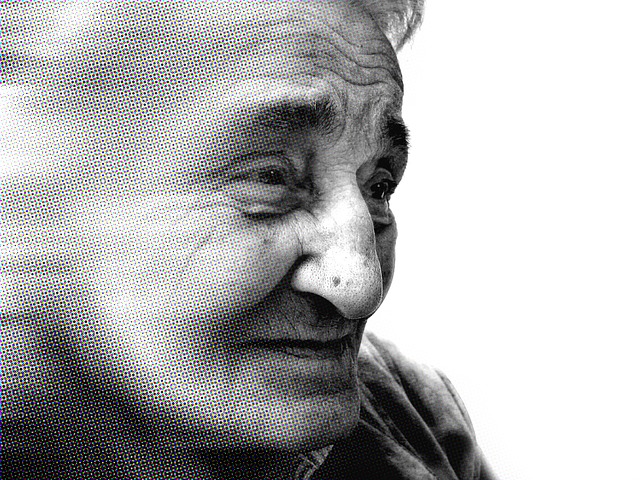- Research shows that a small heat shock protein that intercepts the abnormal coherence of regular protein holds the key to curing Alzheimer’s disease. (Image : PublicDomainPictures / Pixabay)
SEOUL, Oct. 15 (Korea Bizwire) – Research shows that a small heat shock protein that intercepts the abnormal coherence of regular protein holds the key to curing Alzheimer’s disease.
A research team at the Technical University of Munich and the Munich Helmholtz Center discovered that alpha-B-crystallin, a type of small heat shock protein, blocks the agglutination of beta amyloids, which are known as the main cause of Alzheimer’s. Medical News Today reported that the team discovered the mechanism.
By using solid-state nuclear magnetic resonance spectroscopy, the research team was also able to ascertain which part of the alpha-B-crystallin combines with beta amyloids accurately.
The researchers expect that if protein with the characteristics of alpha-B-crystallin can be synthesized, it could be used as an effective medicine for Alzheimer’s.

In the brain cells of a patient with Alzheimer’s, beta amyloids agglutinate in the shape of long fibers, creating a plaque (senile plaque) that destroys brain cells. (Image : geralt / Pixabay)
Professor Bernd Reif from the Technical University of Munich explains that there is a ‘chaperone’ protein in small heat shock proteins that protects the other proteins from bending in unusual ways or cohering when they receive stress such as high temperatures. The heat shock proteins turn the other proteins to a soluble state before they start to stick together and clump.
In the brain cells of a patient with Alzheimer’s, beta amyloids agglutinate in the shape of long fibers, creating a plaque (senile plaque) that destroys brain cells.
The results of the study were published in a recent issue of the English science journal Nature Structural & Molecular Biology.
By Francine Jung (francine.jung@kobizmedia.co.kr)







